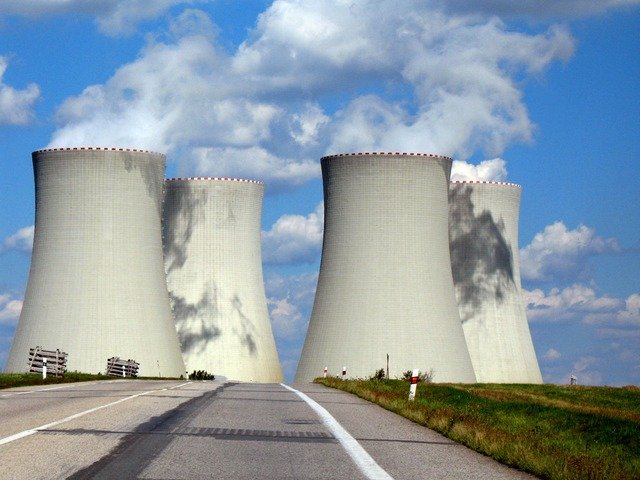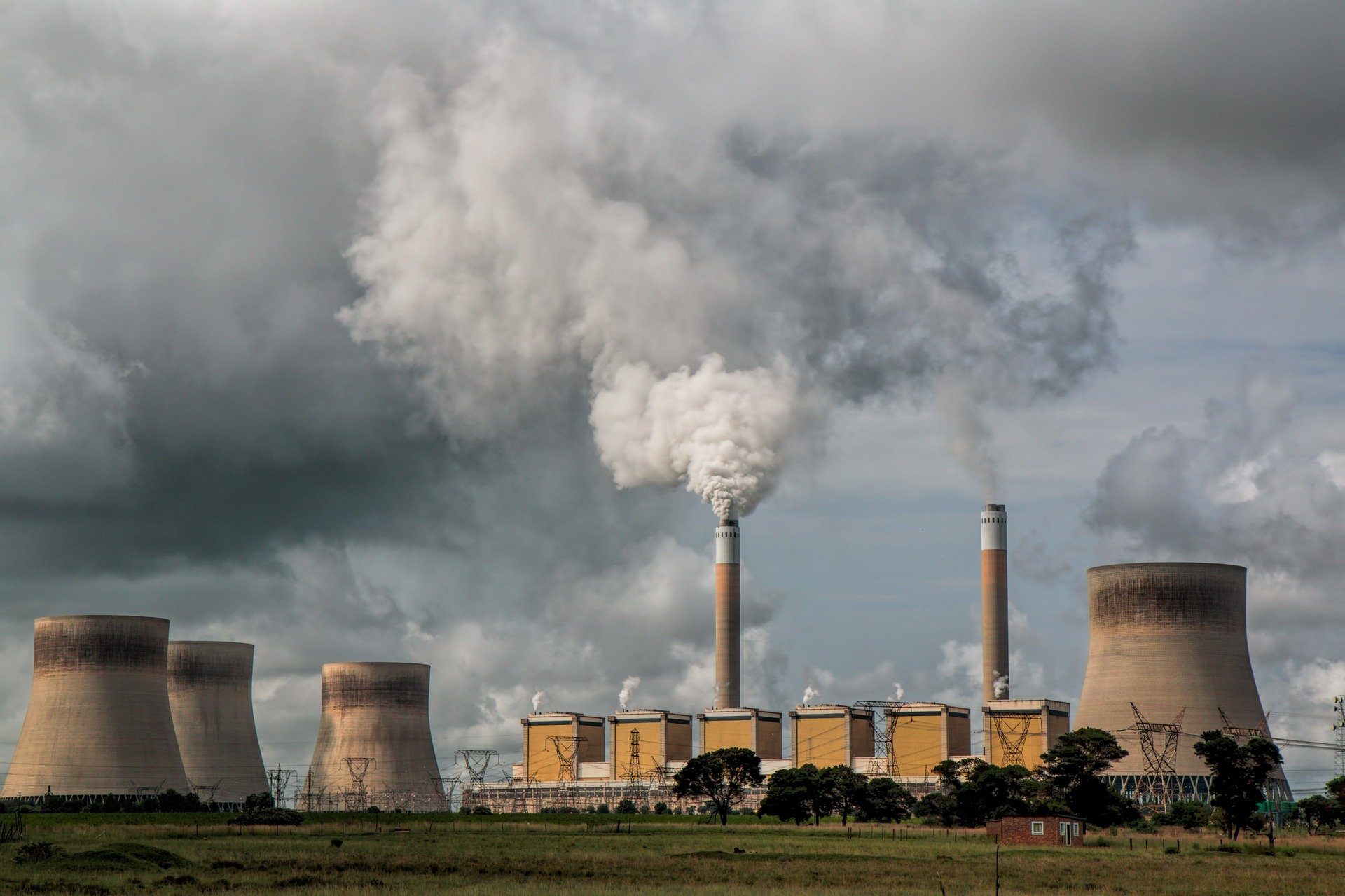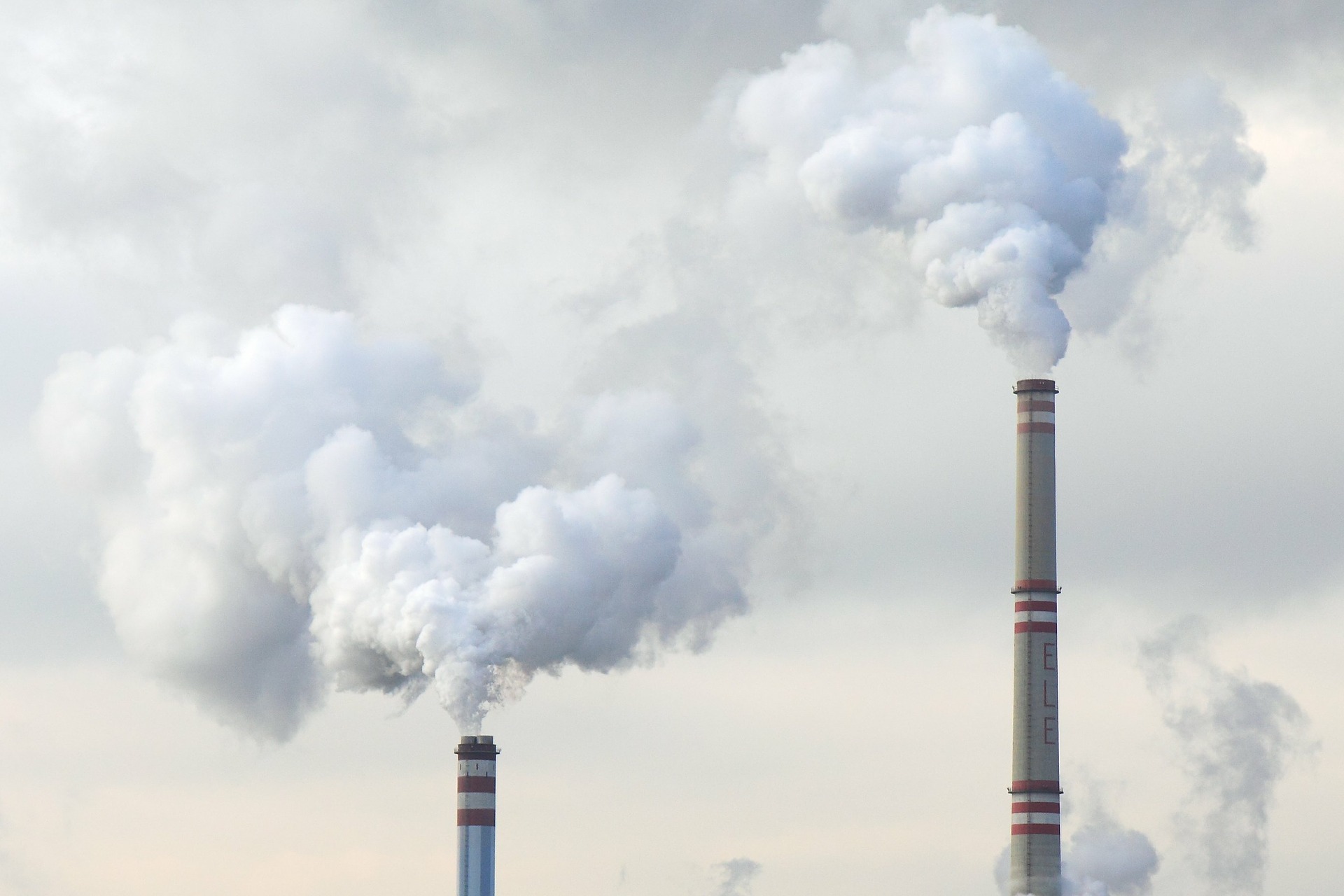Fossil Energy is made by combusting certain compounds. That have accumulated from the deposition of fossilized remains of living beings that lived millions of years ago. The energy released by its combustion can be converted into electricity and heat.
Fossil fuels include natural gas, oil, and coal. Forests gave rise to coal, while marine plankton gave rise to oil and natural gas. Organic matter that has only partly decomposed and still contains molecules with high energy content bonds from the Sun provides the energy they store.
Coal was the first fossil fuel to be used commercially as a source of electricity. Oil came next, and natural gas came last. With stabilized coal, increasing oil, and expanding natural gas, the three forms now coexist in our energy consumption model.
Energy Fossil
Oil is a fossil fuel liquid created by the decomposition of marine microorganisms on the seafloor. The deposits eventually end up in rocks and sediments. Where oil is deposited in specific spaces after millions of years. Exploitation platforms are used to extract it. The most widely used fuel is oil.
Crude oil is made up of a variety of organic compounds that are refined into various products. It thrives on automobiles, jets, bridges, roofs, and a variety of other surfaces. Oil can’t be found all of the time in any part of the world. So it’s a resource that’s restricted to a few geographical regions, resulting in oil wars.
Natural gas is a gasified fossil fuel that is more flexible, accessible, and environmentally friendly than coal or oil. Its source, like oil, is deposited in marine microorganisms. It is a relatively new and underutilized source of energy.
Coal was used more than natural gas in 1999. Natural gas, on the other hand, is currently gaining traction in developing countries. In either case, people are concerned that natural gas, like oil, will be depleted. Methane is the main component of natural gas (CH 4). It is packed into tiny volumes at great depths in the planet.
How It Is Obtained?
The heat produced by the direct combustion of the fossil converts its chemical energy into thermal energy. Almost all of the carbon in fossil fuels is converted to carbon dioxide and other gases during combustion.
However, combustion can also produce kinetic or mechanical energy, such as in the case of oil in automobiles. Where the energy produced in the form of heat and pressure drives the pistons of an engine, which turns the wheels.
Electric or thermoelectric energy is produced in traditional cycle or combined cycle thermal power plants. The former uses the heat generated during combustion to power an alternator, which generates electricity. Because of their high CO2 emissions, these plants have a huge impact on the greenhouse effect.
However, in combined cycle plants. The fuel is used twice to generate electricity in two separate turbines. One of which is powered directly by the gases generated during combustion. And the other by the steam produced during the previous operation.
Each of these turbines has its own generator, which generates electricity. These plants have better efficiency, which reduces their environmental impact per kWh generated.
Advantages Of Fossil Energy
They generate energy on a consistent basis and with high efficiency. They are inexpensive and simple to extract as compared to other energy sources. And they allow for the production of a wide range of derivative products. Despite the fact that these are non-renewable resources that will inevitably run out. They are plentiful in many parts of the world.





